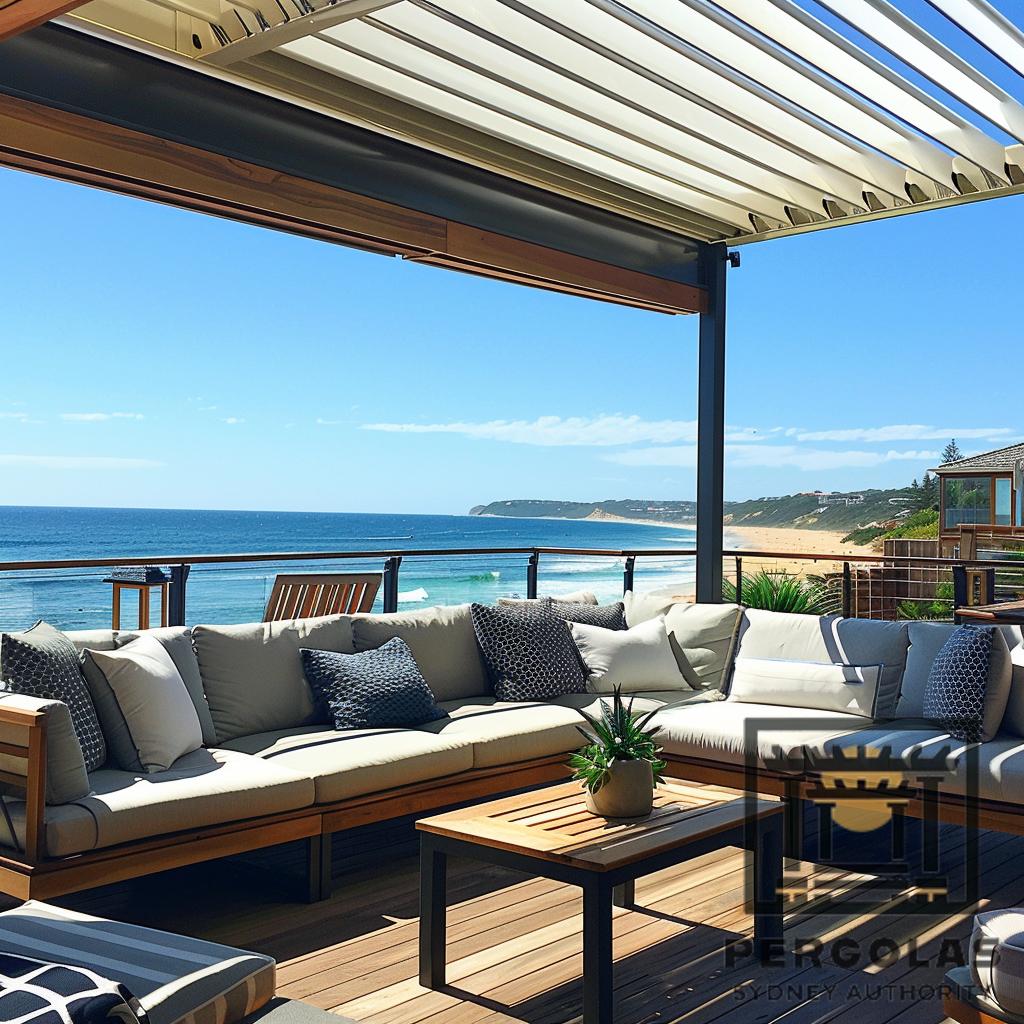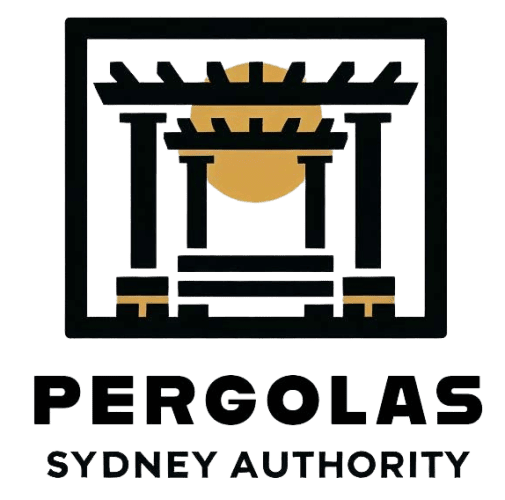Table of Contents
- 1 Understanding Pergola Placement Regulations
- 2 Navigating Bushfire Area Regulations
- 3 Recognising Building Permit Necessity
- 4 Consequences of Non-Permitted Construction
- 5 Frequently Asked Questions
- 5.1 What Types of Materials Are Considered Fire-Rated for Bushfire Area Construction?
- 5.2 What Are the Specific Requirements for Obtaining a Planning Permit or a Building Permit?
- 5.3 How Can One Obtain a Written Consent From Neighbors for Closer Pergola Placements?
- 5.4 What Are the Potential Legal Repercussions if a Pergola Is Constructed Without Permission?
- 5.5 How Do Non-Permitted Structures Affect Homeowners Insurance Coverage?
- 6 Conclusion
In Australia, pergola construction must adhere to specific laws and guidelines. Placement rules require pergolas to sit behind the building line and maintain a minimum boundary distance of 5 meters. Size constraints restrict pergolas to 25 square meters with an average height limit of 3 meters. Particularly within bushfire-risk areas, stringent regulations exist, which require the use of fire-rated materials. Additionally, obtaining planning and building permits are mandatory to guarantee legal and safety compliance. The repercussions of non-compliance can lead to severe penalties, including substantial fines and demolition orders. Delving further into these subtleties will reveal a deeper understanding.
Understanding Pergola Placement Regulations
Maneuvering through the intricacies of pergola placement regulations is essential for Australian builders, as these rules dictate the position, size, and distance requirements for constructing a pergola.
Typically, a pergola must be positioned behind the building line. There’s a minimum boundary distance of 5 meters from the fence, with the possibility of flexibility up to 9 meters in certain areas.
The size limit for a pergola is capped at 25 square meters, with an average height of 3 meters. While the columns can be situated closer to the boundary, the roofline must maintain the 5-meter distance.
Additionally, if the builder wishes to place the pergola closer, a written agreement from the neighbors is a prerequisite. These regulations promote a harmonious and safe neighborhood environment.
Maneuvering the bushfire area regulations requires a heightened understanding of safety measures and construction standards, given the additional risks and stricter rules associated with such areas.
Builders must comply with stringent construction standards, ensuring pergolas are erected using fire-rated materials. A minimum distance of 5 meters from other house structures is also mandatory.
These regulations aim to minimise the potential spread of bushfires, safeguarding both properties and lives.
However, local council regulations may vary, calling for builders to consult with local authorities for specific guidelines.
In such high-risk areas, strict adherence to safety standards is not just a matter of regulatory compliance, but a pivotal aspect of community resilience against the devastating impact of bushfires.

Recognising Building Permit Necessity
Understanding the necessity of obtaining building permits is a critical step in the construction process, as they guarantee safety regulations are met and the long-term structural integrity of the pergola is maintained.
In Australia, builders are required to obtain council approval before the commencement of any construction project. This approval process often involves meeting unique council requirements regarding materials and safety.
Two types of permits are necessary: planning and building permits. Planning permits address aesthetic considerations and boundary regulations, while building permits guarantee compliance with safety standards, fire regulations, and construction sizes.
Obtaining these permits not only guarantees adherence to safety standards but also assures the longevity and durability of the pergola structure.
Consequences of Non-Permitted Construction
The repercussions of constructing a pergola without the necessary permits can be extensive and severe, with consequences ranging from legal penalties to potential damage to the structure’s long-term integrity. Non-compliance with building regulations may result in substantial fines, demolition orders, or both.
Additionally, unpermitted structures can pose safety risks due to lack of regulatory oversight, potentially leading to subpar building quality. Unauthorised pergolas may negatively affect property value, as they are considered illegal structures. They can also complicate insurance matters, as many policies do not cover non-permitted constructions.
Consequently, prioritising the acquisition of the appropriate building permits is not just a legal obligation, but a practical one, ensuring both the integrity of your pergola and peace of mind.
Frequently Asked Questions
What Types of Materials Are Considered Fire-Rated for Bushfire Area Construction?
Fire-rated materials suitable for bushfire area construction primarily include non-combustible substances.
These encompass steel, concrete, brick, and treated timber that meet specific fire resistance levels. Other materials include aluminium and tempered glass.
Special fire-resistant plasterboards and seals can provide additional protection.
However, the chosen materials must comply with the Australian Standard AS3959-2009, which details construction requirements for buildings in bushfire-prone areas.
Always consult local building regulations and guidelines for the most accurate information.
What Are the Specific Requirements for Obtaining a Planning Permit or a Building Permit?
Obtaining a planning permit involves meeting aesthetic and boundary regulations. This typically includes design approval and ensuring the structure doesn’t infringe on predetermined boundary lines.
For a building permit, compliance with safety, fire regulations, and construction size are necessary. This often involves inspection of construction plans, materials used, and adherence to local building codes.
Both permits are essential in ensuring a construction project abides by local laws and safety standards.
How Can One Obtain a Written Consent From Neighbors for Closer Pergola Placements?
To obtain written consent from neighbors for closer pergola placements, initiate a conversation expressing your intentions clearly.
Provide them with detailed plans and potential impact assessments.
If they agree, they should provide a signed written statement confirming their consent.
You may want to consult with a legal advisor to guarantee the consent form is correctly drafted.
What Are the Potential Legal Repercussions if a Pergola Is Constructed Without Permission?
Constructing a pergola without the necessary permissions can lead to significant legal repercussions.
These may include fines imposed by local authorities and potential demolition orders for the unauthorized structure.
Additionally, non-permitted structures can negatively affect the overall property value and may not be covered by homeowners insurance, thereby posing a financial risk.
It’s essential to prioritize obtaining required permits to avoid such consequences.
How Do Non-Permitted Structures Affect Homeowners Insurance Coverage?
Non-permitted structures, including pergolas, can greatly impact homeowners insurance coverage.
If a structure is built without the necessary permits, insurance companies may deny coverage for claims related to that structure. This is because unpermitted structures may not comply with safety standards, increasing the risk of damage or injury.
In worst-case scenarios, insurers may even cancel the policy due to non-disclosure of such constructions. As a result, obtaining proper permits is essential.
Conclusion
Conforming to pergola construction regulations in Australia is essential, encompassing placement, bushfire area regulations, and obtaining necessary permits.
Adherence to these rules guarantees safety, maintains construction integrity, and avoids legal and insurance complications.
This knowledge is indispensable for Australian builders to confirm their work respects property boundaries, withstands bushfire-prone areas, and meets regional council standards.
It is therefore evident that thorough understanding of these regulations is critical for successful, compliant pergola construction in Australia.
